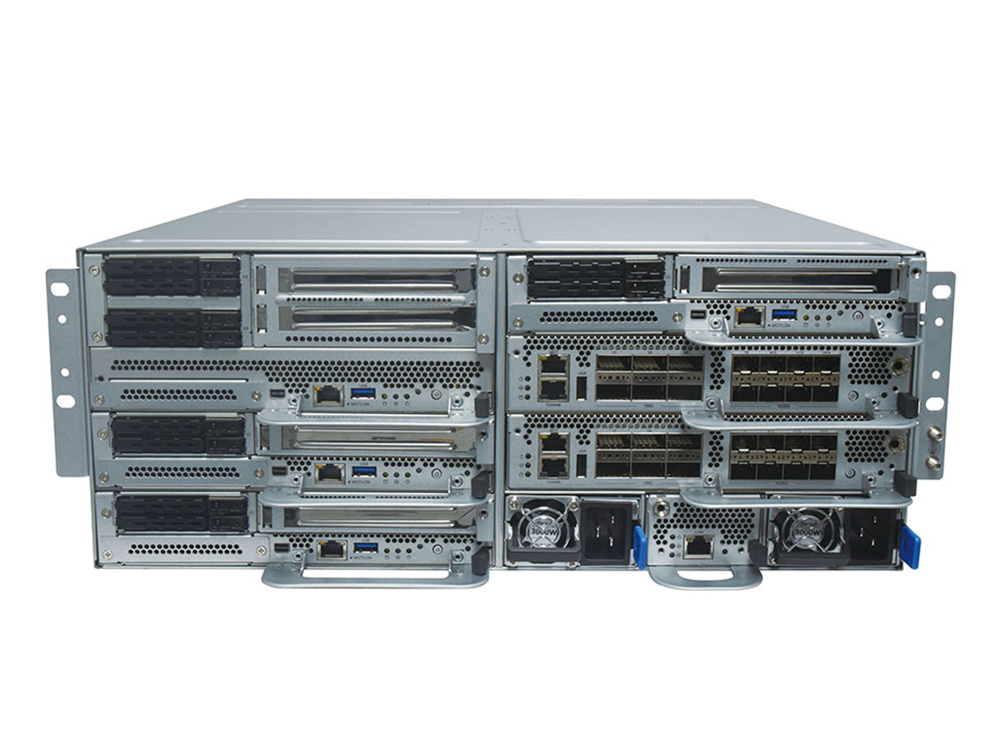In an era driven by the relentless pursuit of technological advancements, the demand for faster, more reliable, and sustainable data processing solutions is at an all-time high. As the world moves towards adopting network virtualization to revolutionize network security and edge computing, it becomes imperative to consider the environmental impact of these innovations. Green 5G edge servers offer a sustainable solution that combines the power of 5G with scalable architecture, OPEX/CAPEX efficiency, and eco-conscious design. In this blog, we will explore the key elements that make a green edge server a game-changer for the future of 5G edge computing.
Energy Efficiency:
At the heart of every Green Edge Server lies a commitment to energy-saving. These servers are designed to enable network function virtualization, minimizing traditional purpose-built hardware without compromising performance. Scalable multi-node compute blades and programmable switch fabric provide a flexible platform that requires fewer dedicated equipment, resulting in a significant 67% saving in power consumption.
Reduced Components:
5G edge servers leverage the most advanced hardware design by reducing the system's weight using lighter steel panels and minimizing components like screws and cables. This approach not only simplifies setup and maintenance, reducing the need for manual labor, but also decreases energy and material usage, contributing to a greener solution.
Space Efficiency:
The open, scalable edge server design saves valuable space in data centers by eliminating the need for additional core-driven equipment. This efficiency can result in a remarkable 75% space savings, optimizing the utilization of resources.
Interoperability:
Green Edge Servers prioritize interoperability by adopting white-box hardware and open software. High-performance edge servers can be openly programmable, accelerating time-to-market for various applications and reducing the need for customized solutions.
TCO Advantage:
The advent of virtualization technology has revolutionized telecom server deployment, leading to substantial cost reductions compared to traditional core-driven architecture. Utilizing a high-performance, virtualized 5G Edge Server can result in significant savings in the total cost of ownership (TCO), potentially cutting it by over 50%, and in some cases, even up to 89%.
Paint-free Chassis:
The adoption of paint-free chassis in the edge server significantly contributes to reducing the carbon footprint. Traditional server manufacturing processes involving painting the chassis consume considerable energy and release harmful volatile organic compounds (VOCs). By eliminating this step, the servers become more eco-friendly, reducing greenhouse gas emissions and pollutants.
Lanner Green 5G Edge Server
The HTCA-E400, a Green 5G Edge Server, powered by 3rd Gen Intel® Xeon® Scalable Processors (codenamed Ice Lake), is designed to leverage edge computing for accelerating 5G deployment.
With its pain-free chassis and scalable design, the HTCA-E400 supports 5x 1U compute sleds or 2x 2U+1U compute sleds, accommodating FPGA, GPU, or Time Sync cards. This versatility makes it suitable as a consolidated Edge AI server for Multi-access Edge Computing (MEC) servers, 5G Edge Cloud, and Compact modular optical transport blade/sled solutions. By embracing these key elements of a Green 5G Edge Server, we can usher in a more sustainable and efficient future for edge computing.

